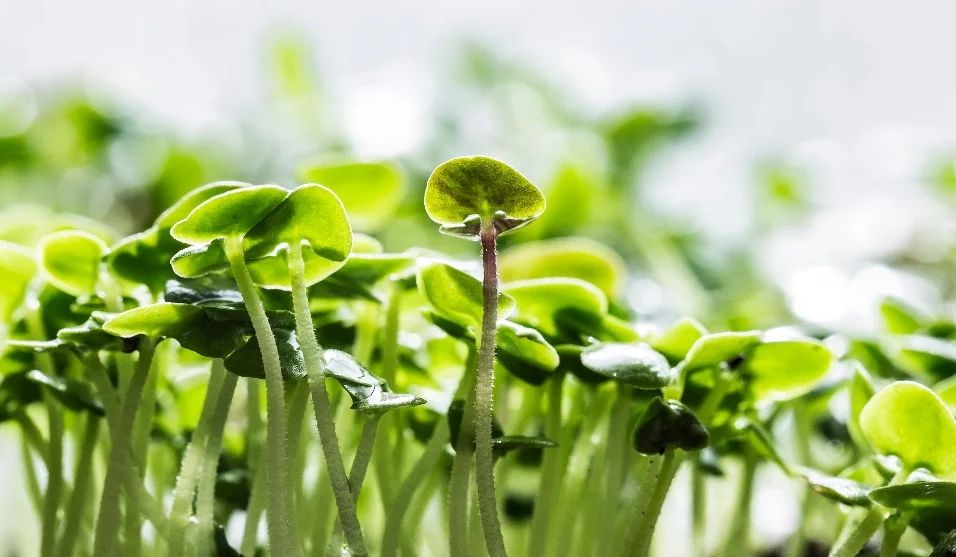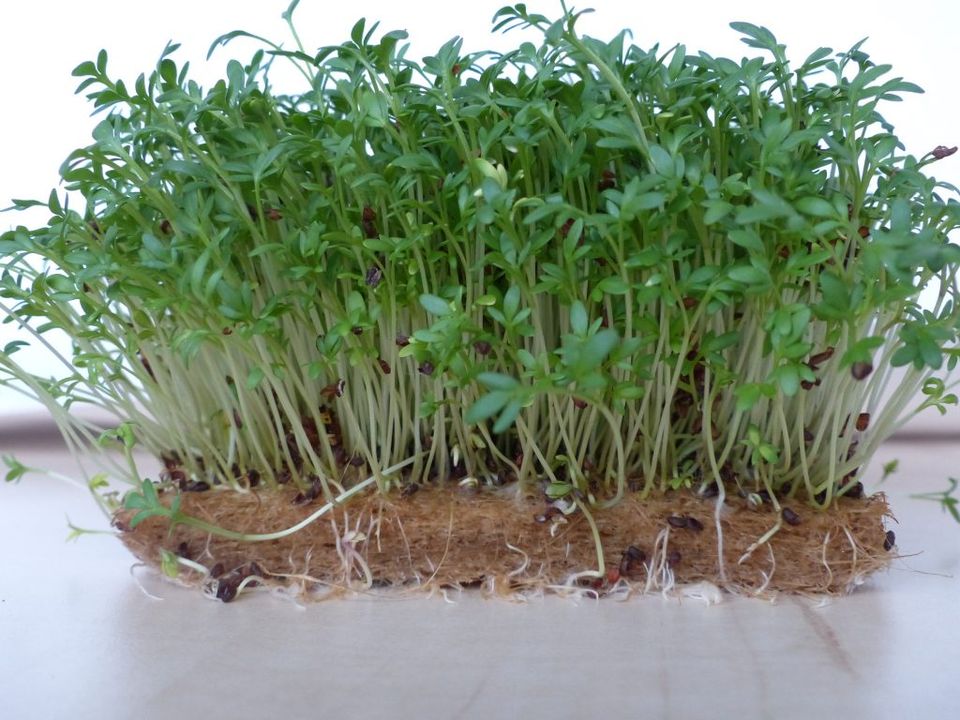What microgreens should I start with?
Radish: Radish microgreens are easy to grow, fast to germinate, and ready to harvest in just a few days. They have a mild, spicy flavor and are perfect for adding crunch to salads and sandwiches.
Sunflower: Sunflower microgreens are also easy to grow and are ready to harvest in about 10 days. They have a nutty flavor and are packed with nutrition, making them a great addition to smoothies, salads, and sandwiches.
Pea: Pea microgreens are a bit slower to germinate but are still fairly easy to grow. They have a sweet, delicate flavor and are great in salads, soups, and sandwiches.
Broccoli: Broccoli microgreens are another easy option that germinates quickly and is ready to harvest in about 10 days. They have a mild, broccoli-like flavor and are great in salads, stir-fries, and sandwiches.
Other Great Microgreens to Try:








